Introduction
In the realm of pediatric dentistry, odontogenic infections emerge as a significant concern, often manifesting as painful complications in young patients. These infections, primarily stemming from caries and subsequent damage to dental tissue, can cascade into more severe conditions, necessitating a careful approach to diagnosis and management. This article delves into the intricacies of these infections, exploring clinical manifestations, recommended treatments, and the judicious use of antibiotics in dental practice.
The Nature of Odontogenic Infections
Odontogenic infections commonly originate from the destruction of dental hard tissues, paving the way for microbial encroachment into the dental pulp. Initially presenting as chronic inflammation, these infections can escalate into acute pulpitis, resulting in persistent pain and the potential for significant systemic impact. If unchecked, inflammation may progress to involve the apical periodontium, leading to abscess formation and neighboring tissue involvement, thus demanding urgent clinical attention.
Signs and Symptoms
Clinical manifestations of odontogenic infections vary widely depending on the progression and severity of the infection. Early indications often include subtle tooth pain; however, as the condition progresses, patients may experience swelling, fever, and difficulty swallowing. In more advanced cases, the presence of submandibular or suborbital swelling necessitates immediate intervention to avoid critical complications.
Antibiotic Use in Pediatric Dentistry
The management of odontogenic infections often raises questions regarding the use of antibiotics. According to the European Society of Endodontology and the Paul Ehrlich Society, antibiotics should be reserved for cases demonstrating a tendency for spread or established dissemination into adjacent anatomical regions. Phenoxymethylpenicillin is frequently the first choice, while amoxicillin/clavulanate is suggested for more complex infections involving permanent teeth.
Guidelines for Antibiotic Administration
The following guidelines provide clarity on antibiotic treatment strategies:
- No Antibiotics Needed for Certain Cases: For children experiencing chronic or acute pulpitis without signs of infection spread, the removal of affected teeth suffices with no need for antibiotics.
- Symptomatic Management: In cases of chronic apical periodontitis lacking spread, extraction is a viable option without antibiotic intervention.
- For Infections with Spread Potential: Antibiotic treatment becomes imperative if there are signs of abscess formation, with the potential for more severe implications.
Complications Arising from Odontogenic Infections
Odontogenic infections can lead to complications, both local and systemic. Among the local complications, Turner’s hypoplasia can result from odontogenic infections affecting developing permanent teeth, leading to enamel defects characterized by hypocalcification or developmental anomalies. Systemically, there exists a risk of bacteremia, particularly in those with predisposing conditions such as periodontal disease.
Secondary Infections and Systemic Impact
Should a pediatric patient present with high-risk factors for infective endocarditis, prophylactic antibiotic therapy—such as amoxicillin—should be administered during dental procedures. Moreover, the potential for space loss due to premature tooth loss necessitates careful monitoring and management through the use of space maintainers.
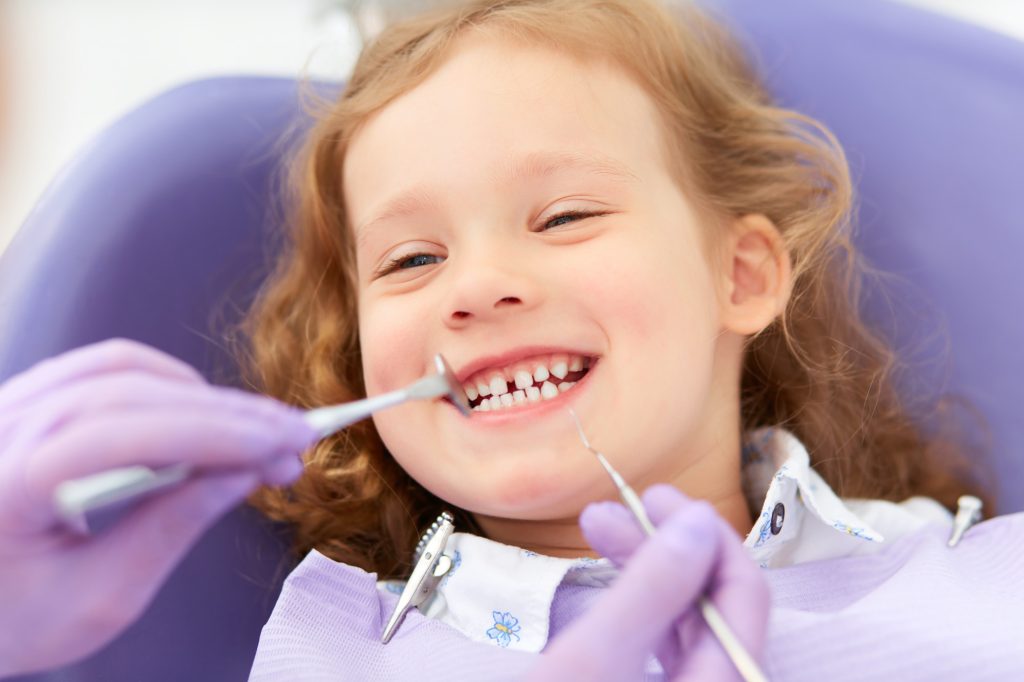
Prevention Strategies
Preventing odontogenic infections hinges on tackling the root causes—chiefly, dental caries. Primary prevention strategies should focus on promoting good oral hygiene practices, diet modifications, and regular dental check-ups to curtail the development of carious lesions. Parents and guardians play a crucial role in instilling oral health habits and ensuring appropriate fluoride treatments.
Early Intervention and Regular Monitoring
If dental anomalies or caries are identified, immediate restorative interventions can prevent progression to irreversible pulp damage. Timely extraction of affected teeth, particularly in cases exhibiting pulp symptoms, remains a cornerstone of effective preventive management.
Conclusion
Odontogenic infections represent a multifaceted challenge in pediatric dentistry, necessitating a comprehensive approach to management that emphasizes not only effective treatment protocols but also proactive prevention strategies. As our understanding deepens, the integration of clinical best practices and family engagement in oral health will be vital to safeguarding the dental well-being of young patients.






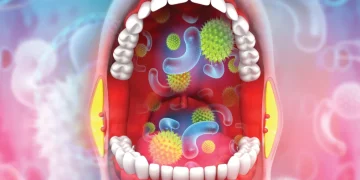
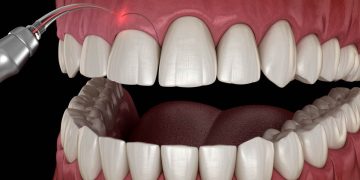

















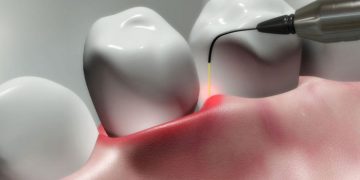




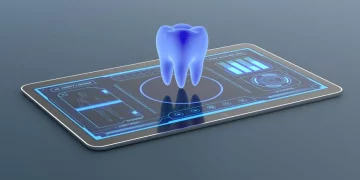














Discussion about this post